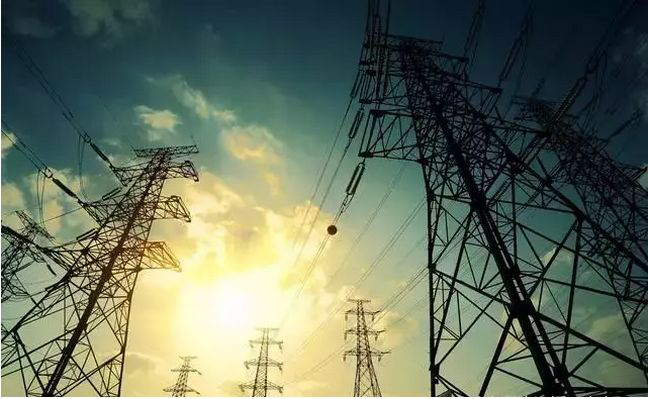
In China, three-phase three-wire system is adopted for HVDC transmission, so it is a three-wire system. HVDC transmission adopts a two-phase system, so it is a two-wire system.
The three wires are three-phase electricity from the step-up transformer.
Their phase difference is 120 degrees, which can facilitate the rotation of a three-phase motor and can also provide lighting in three ways.
Of course, the lighting circuit also needs zero-wire, which is obtained by star connection when the user step-down: that is, three-phase high-voltage power is connected to the head of three-phase transformer winding, and three tails are connected together to form zero-wire.
Three-phase A C bus, phase A is yellow, phase B is green, phase C is red, phase neutral is purple when it is not grounded, and phase neutral is black when it is grounded.
In the DC bus, the positive pole is browned and the negative pole is blue.
Nowadays, there are no zero lines in 10 kV, 110 kV, 220 kV, and 500 kV high voltage transmission lines in our country, because these voltage levels can not be directly set up and accepted by equipment (except a few ultra-high voltage equipments).
And we usually use a three-phase four-wire system (TN-C system), three fire lines + one zero line.
1. The neutral line (N line) is connected with the fire line to form a phase voltage.
2. Act as neutral grounding (working grounding) of some operating equipment.
3. Connect with equipment housing to act as protection (P line).
These voltage levels above 10 kV are unnecessary.
There are two overhead zero wires (or overhead lightning arresters, overhead ground wires) above 110 kV transmission lines.
Their function is to prevent lightning waves. So there is no zero line for the high-pressure feeder we see every day.
110 kV generally has one set of protection, and 220 kV or more need two sets of protection with different principles and from different manufacturers.
The optical fiber longitudinal differential and high-frequency protection are widely used.
When one-phase grounding occurs, tripping will occur, because all lines have reclosures (single, triple, combined weight), which will not be reclosed after being judged as a permanent fault.
So: short circuit - overlap - tripping.
About the problem of the large and small current grounding systems, the large current grounding system refers to the neutral point direct grounding system, such as our 3-phase 4-wire system, because the grounding current will be larger when the fault occurs.
The low current grounding system includes a neutral grounding system, a neutral grounding system via arc suppression coil, and a neutral grounding system via large resistance.
The grounding current is relatively small when a fault occurs.
If you have any interest in our cable products, you can email us at info@zmscable.com or contact us via the "Contact Us" section of the website.